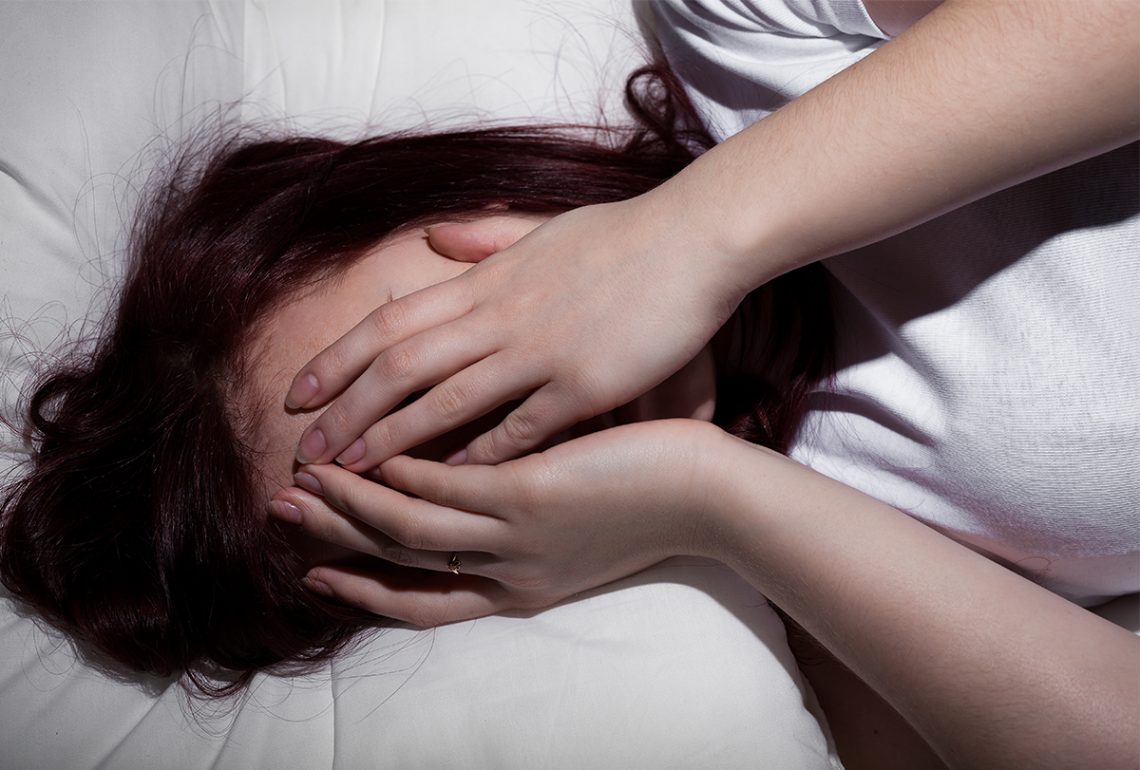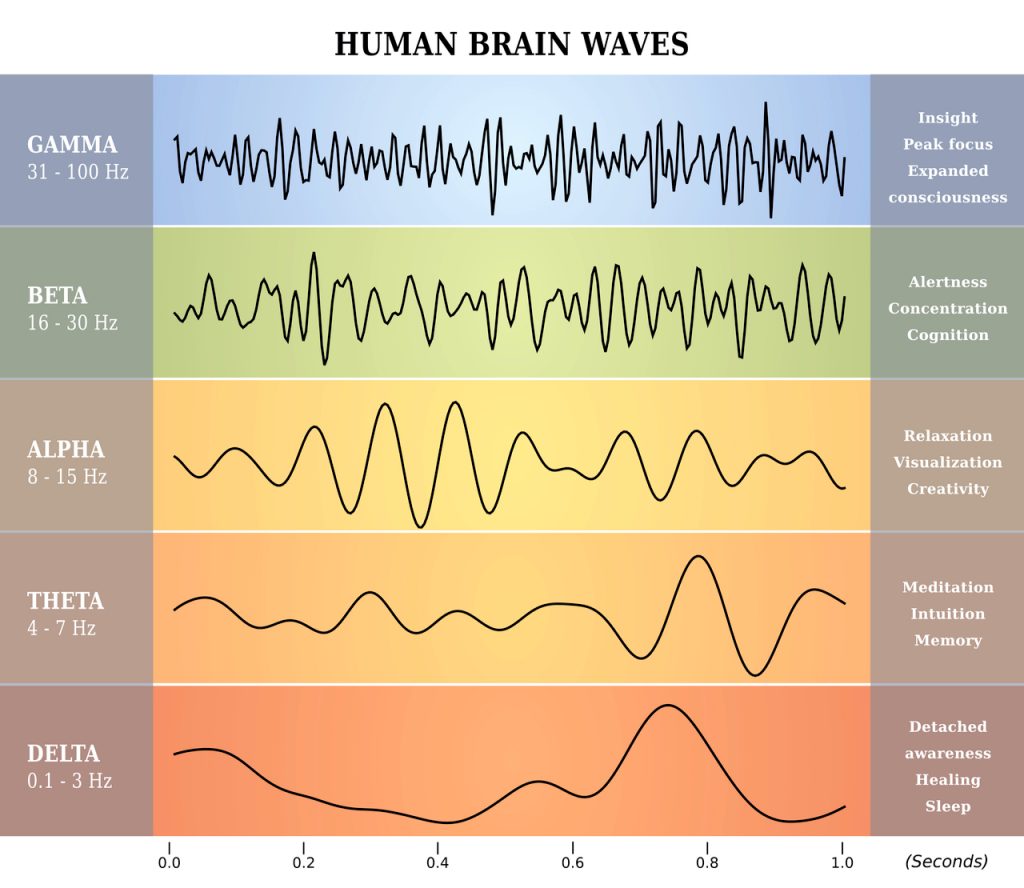

Your brain waves also begin to slow down as you have entered a stage of light sleep.

This stage typically lasts less than 10 minutes (Altevogt & Colten, 2006) and is marked by a slowing of your heartbeat, breathing, and eye movements (Lockett, 2020), as well as the relaxation of your muscles. Stage 1 is the first stage of non-REM sleep (N1). In 1957, William Dement, along with Nathaniel Kleitman, came out with another revolutionary paper that discussed the specific sleep stages that together form the internal cycle that occurs every night we sleep (Dement & Kleitman, 1957). Sleep has been traditionally divided into two categories: Non-rapid eye movement (NREM) and rapid eye movement (REM). After a night’s rest, melatonin levels will drop, and you will be awake for the day. When there is less light (like at night), the SCN tells the brain to make more melatonin so you get drowsy and are able to fall asleep. It controls the production of melatonin, a hormone that makes you sleepy, by receiving information about incoming light from the eyes (Dubokovich, 2007). This body clock is located in the suprachiasmatic nucleus (SCN), a pair of distinct groups of cells located in the hypothalamus (Dubokovich, 2007). The circadian rhythm, our 24-hour clock, operates as our sleep/wake cycle. Once awoken, you are now back in a state of consciousness, aware of your surroundings.īut how do our bodies know when to go back and forth between these states of sleep and wakefulness? Luckily, we have all an internal clock telling us when to do so. The difference, however, is that a sleeping person can be aroused if the stimulus is strong enough (for example, shaking the person, shining a bright light, or making a loud noise). So is an individual in a coma or someone who has fainted. Unconsciousness is marked by an inability to respond to external stimuli, no awareness of the self and the environment, and no evidence of language comprehension or expression – it is a state of unresponsiveness (Massimini et al., 2009).Ī sleeping person, for example, is in a state of unconsciousness. The preconscious mind consists of thoughts that are currently outside of conscious awareness but are available for recall and capable of becoming conscious (Freud & Strachey, 1984). The conscious state of awareness is classified as being aware of and responsive to one’s surroundings (wakefulness). Though research reveals that it is much more complicated, the levels of consciousness can be thought of in three components: conscious, preconscious, unconscious, as originally defined by Sigmund Freud. However, during sleep, these neural circuits are inhibited, our muscles are completely relaxed, and our body becomes completely inactive (Schwartz & Roth, 2008). Put simply, sleep is a state of perceptual disengagement from and unresponsiveness to the environment, marked by unique physiological and behavioral processes (Carskadon & Rechtschaffen, 2011).ĭuring wakefulness, certain neurons fire in our brain, making us aroused and alert. REM sleep is defined by rapid eye movements and an almost complete paralysis of the body, and a tendency to dream.

Typically lasts less than 10 minutes and is marked by a slowing of your heartbeat, breathing, and eye movements, as well as the relaxation of your muscles. Stage 1 non-REM sleep marks the transition from wakefulness to sleep.The five stages make one sleep cycle which usually repeat every 90 to 110 minutes. There are five different stages of sleep including both REM (rapid eye movement) and NREM (non-rapid eye movement) sleep.


 0 kommentar(er)
0 kommentar(er)
